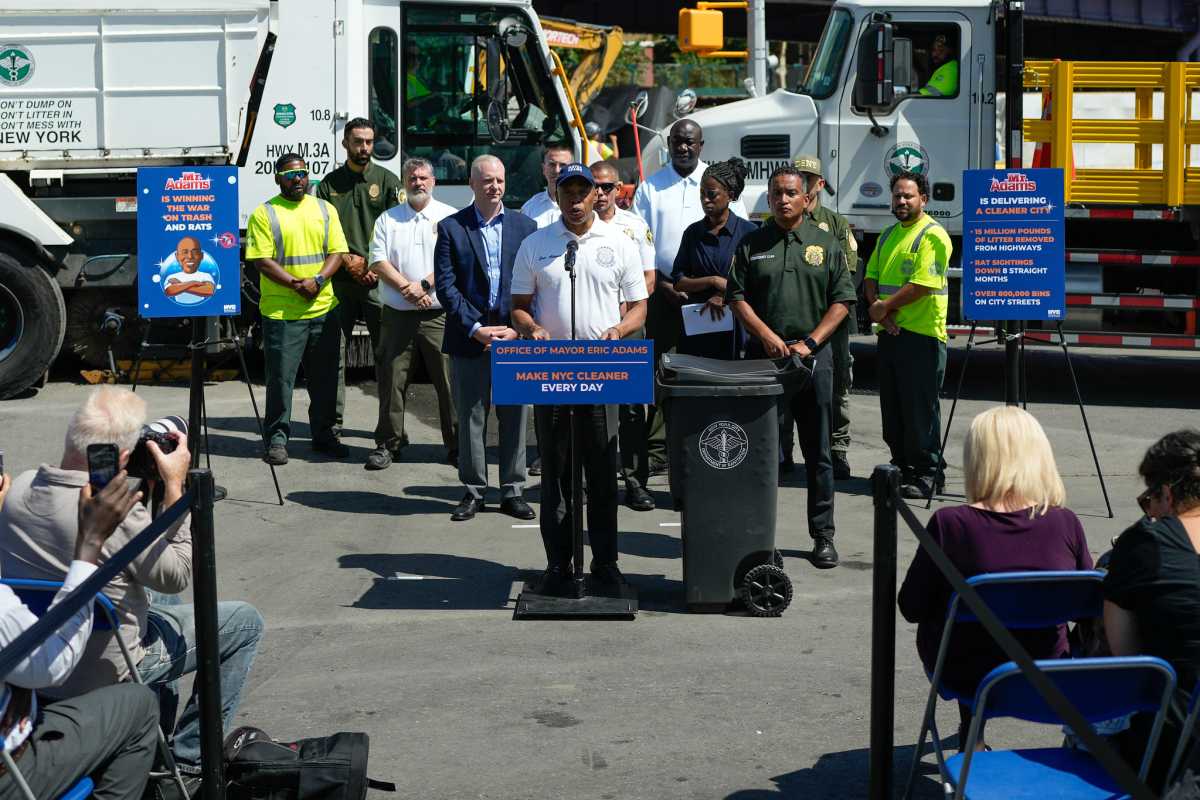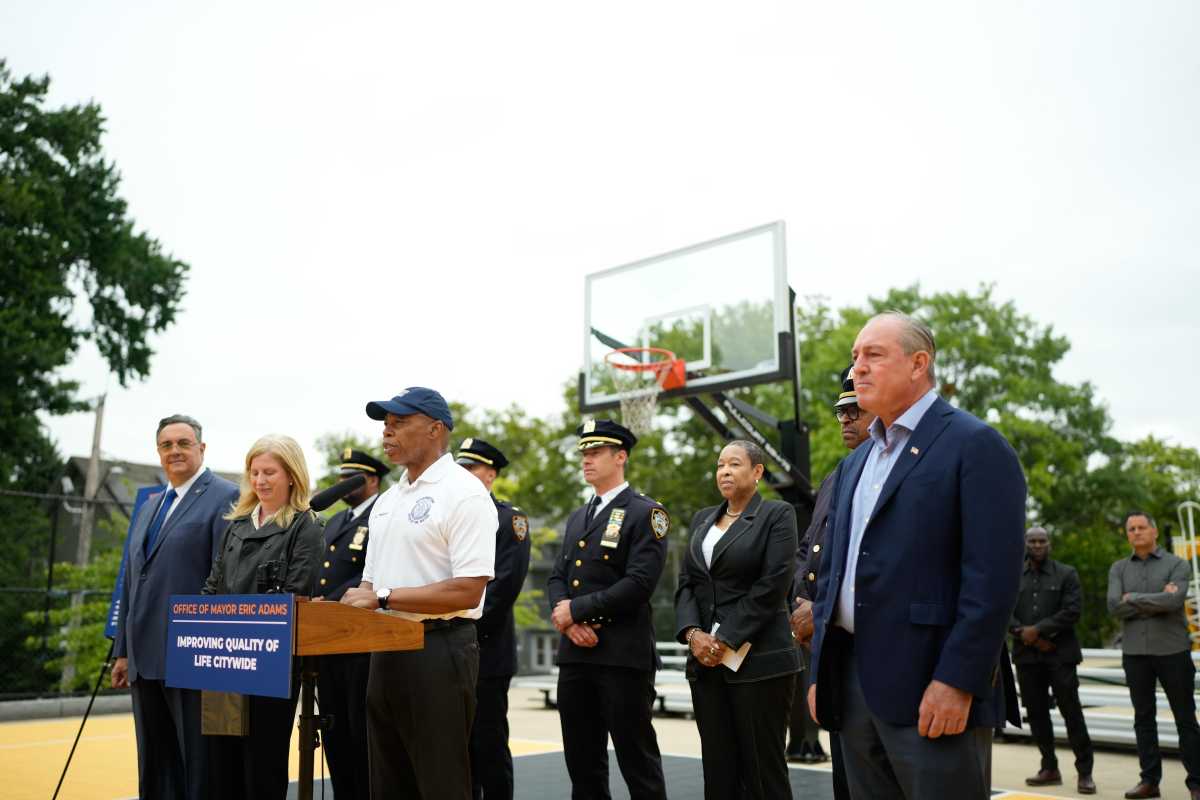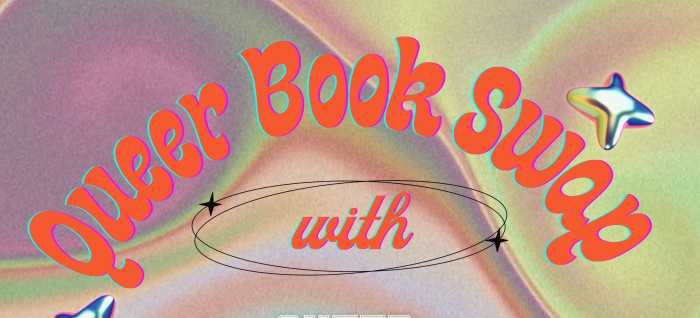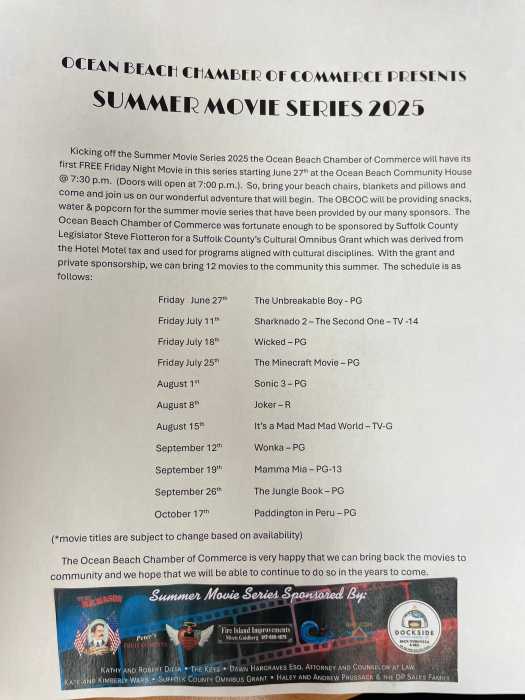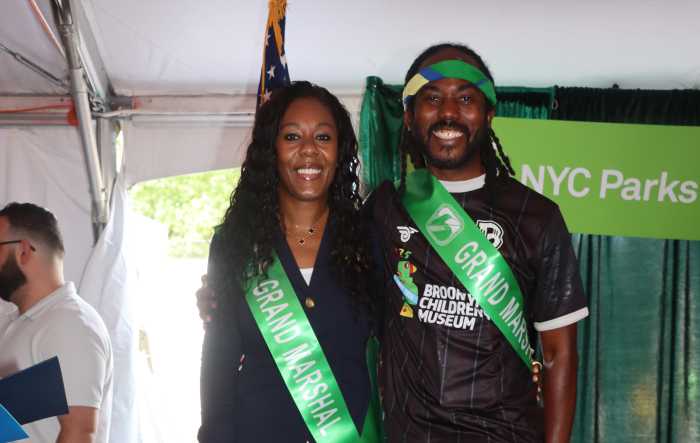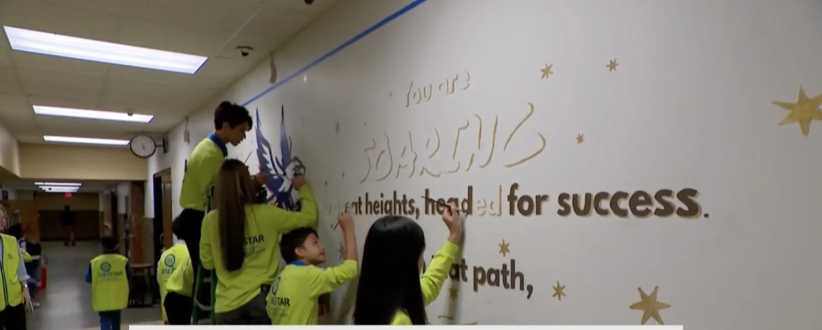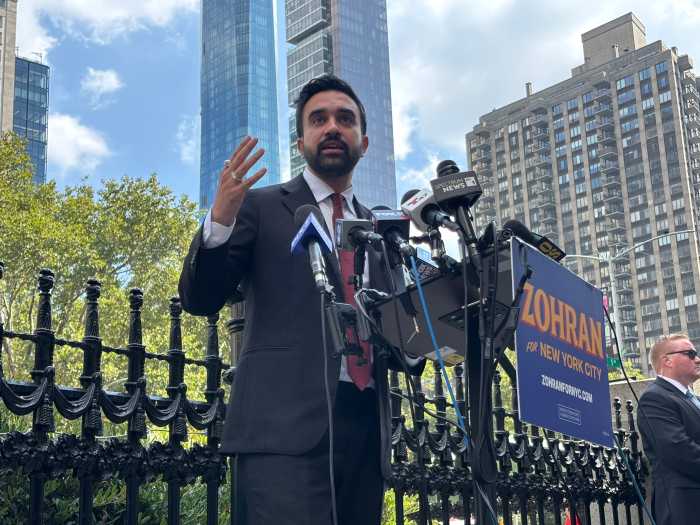What does a diverse neighborhood look like? That was the central question at the “I am Park Slope” discussion Sunday night at the Brooklyn Arts Exchange. But there was one major problem.
What is diversity anyway? Turns out, it’s similar to what Supreme Court Justice Potter Stewart once said about pornography: I can’t define it, but I know it when I see it.
The panelists all took shots at defining it anyway, and describing the dream of the perfectly balanced Park Slope, but none seemed to have anything new to bring to the table.
There was the usual talk about how diversity has to do with color, ethnicity, income, and sexual orientation (the last one came courtesy of a woman who called herself “the first lesbian in Park Slope”!). There were also some attempts at describing what it means to have diverse experiences, approaches to life or political views.
Then there was the usual cry against the Fourth Avenue rezoning and, of course, against the Atlantic Yards development (it wouldn’t be a Park Slope event without that, would it?).
Geez, this Chicago Bears fan didn’t miss the NFC championship game to hear the same old story of how Park Slope was perfect until the condo-buying Yuppies started flowing in.
The notion of a diverse Park Slope was always a figment of a liberal Utopian dream, anyway.
“New York neighborhoods have always been separate, with the Chinese living over here, the Irish or Italian over here and the Latinos over there,” said Gene Russianoff, attorney for the New York Public Interest Group.
In the 1880s, Park Slope was one of the richest census tracts in the country. Sure, it went working class over the next 100 years, but today, it’s hardly the multi-race, multi-colored-collar neighborhood we all want.
Was it ever that way? Chris Owens certainly doesn’t think so. The Prospect Heights native — who recently ran, and lost, for Congress — said his parents bought on “the other” side of Flatbush Avenue in the late 1950s because his African-American father “did not see anyone who looked like him” in Park Slope.
These days, Owens is more likely to see more variety in the Slope than his father did, but the minorities he spots might be Wall Street bankers plopping down the big bucks for the brownstones. Some diversity, one might be tempted to say.
But there is diversity — if you’re willing to look beyond your one block. If you include the larger area — Gowanus, Prospect Heights and the South Slope — the greater Park Slope area is, indeed, diverse.
So look beyond someone’s skin color or the content of his wallet. We may snub the new neighbors because they are “another rich, white family,” but who knows, they may be French — or even Republicans!
Or, a Bears fan. How’s that for diversity?
The Kitchen Sink
A new shopping-bag-shaped sign went up above the former Blue Apron Foods at Seventh Avenue and 15th Street. The new joint, called Grab, is owned by Laura Nuter, a former Blue Apron employee who bought the shop from the previous owners. Blue Apron’s flagship store on Union Street is still going strong. …
South Slope graffiti artist Backfat got pinched by the po-po last week, but a certain ROWMO is moving in on his turf. Windsor Terrace spies tell us that ROWMO has been tagging up all over Backfat’s marks. The Stoop gives ROWMO five days before the cops snatch his oars, too. …
Jessica Root (you know her as Al Gore’s point person in Park Slope) wants you to reduce your carbon emissions (and you thought your biggest problem was BO). If you’re Green — and have a video camera — shoot a one- to two-minute video that demonstrates a “practical, easy and inspired way” to reduce your carbon emissions, and upload it to www.truths.treehugger.com before Feb. 28. …
Fifth Avenue merchants met last week to plan a business improvement district running from Dean to 23rd streets. The meeting was held at Aunt Suzie’s — a mainstay on the strip — and owner Irene LoRe provided a buffet, even! If the BID is formed, local business owners will have to contribute at least $485 a year.



